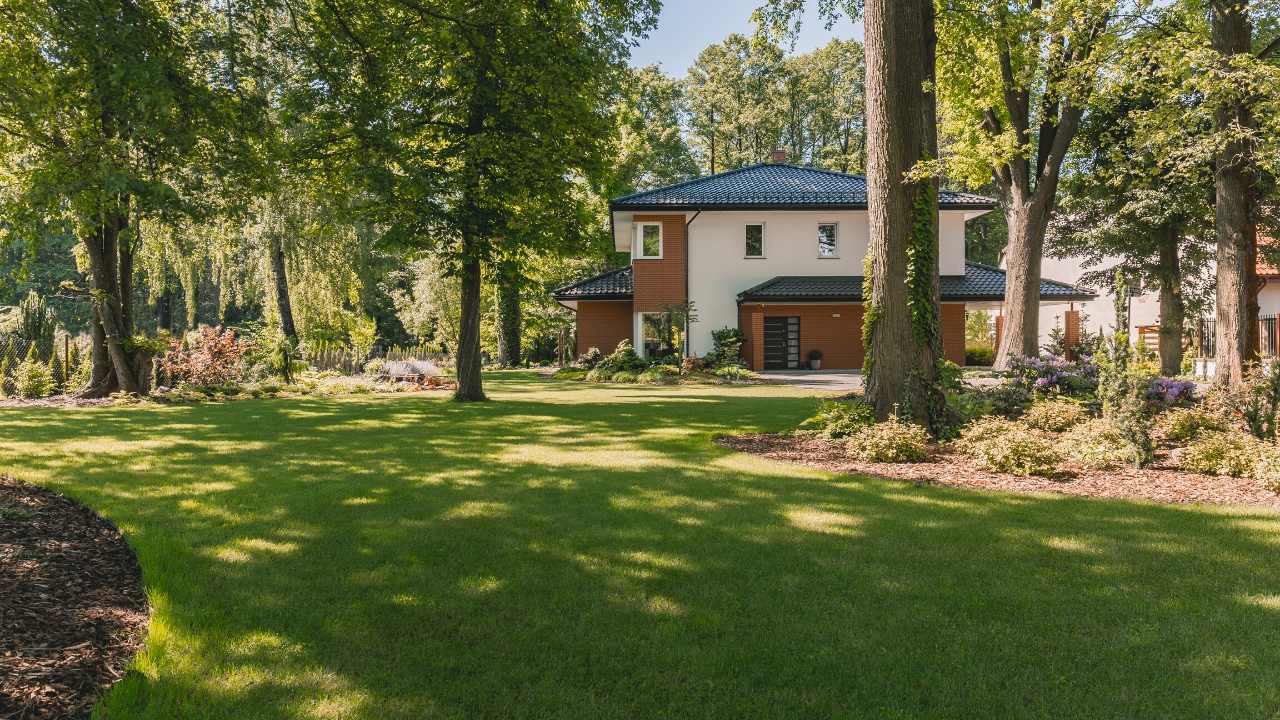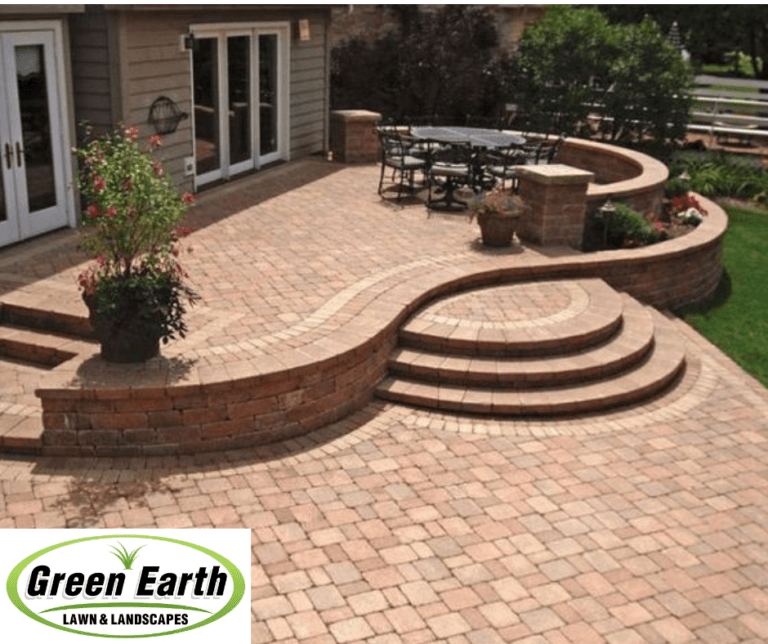
A garage can be used to increase the interior square footage of your home. It can also increase the home's resale price. If you're looking to save money, adding an addition or finishing your basement are options. These options are not as appealing as converting garages, but they will increase the square footage of your home.
When converting a garage into a living space, there are a few things to keep in mind before you begin. A building permit can be required. These permits can range from $300 to over a thousand dollars. It may be difficult to obtain a permit in some municipalities. You will also need to convince the municipality that you are converting a garage into an additional living space. Some municipalities do not allow living spaces above garages, and you'll have to make an official acknowledgement that you've added a new room. For this reason, if you live in an area with a high property tax, you'll want to make sure you have a building permit before starting the project.

Choosing the right materials is crucial. You need to consider the size, style, and material of your garage before you decide on the style and color of your new room. This will depend on the design and height of the ceiling. You might also want to check with the local building department to see if any building permits are required. Once you know what type of permit you need, it's time to start the project.
Another option is to convert the garage into an apartment. Converting a garage to create a studio apartment will not cost as much as adding an addition to your home. But it will increase the value of the house and increase its resale. You don't have to do everything right, and there are pros as well as cons. It is very affordable. There are many things you will need such as the roof, walls and wires.
One of the main pieces of your newly converted living space will be the entryway. Whether it's a manual door or an electric door opener, the entryway should be a key feature of your structure. A wide entranceway can be a focal point in a renovated garage. These are all important considerations when you convert your garage to a functional space.

A garage can be converted into a bedroom, or bathroom. You will need to make some modifications, including replacing the electrical panel. To create a more pleasant environment, you will need to install electrical receptacles in accordance with the electrical code. If you plan to convert a garage to a living area, you will need to wire your house in order to keep it safe and functional.
FAQ
How to sell my house fast without having to pay realtor fees?
It is important to start looking for buyers as soon as possible if you wish to quickly sell your home. This means you need to be open to any offer the buyer makes. If you wait too long you might lose out on potential buyers.
What room should you remodel first?
The heart of any home's kitchen is its kitchen. The kitchen is where you will spend the majority of your time cooking, entertaining, or just relaxing. Start looking for ways that you can make your kitchen functional and more attractive.
The bathroom is an important part of any house. The bathroom provides privacy and comfort while you do everyday chores like brushing your teeth, shaving and bathing. Consider adding storage to these rooms and installing a tub instead of a bathtub. You may also want to replace old fixtures with modern ones.
What is the cost to renovate a house?
The type of material, the project size and the complexity of renovations will all impact the cost. Some materials like wood need additional tools, like saws or drills, while others like steel don't. The price of renovations depends on whether you hire a contractor to do the job or if you are willing to do the work yourself.
Home improvements can cost anywhere from $1,000 to $10,000 on average. The cost to hire professionals would be anywhere from $5,000 to $25,000. If you hire professionals, the cost would be between $5,000 and $25,000. However, if the task is done entirely by yourself, the cost could rise to as high as $100,000.
It is important that you are aware of the many factors that affect the final price of renovations. They include the type of material used (e.g. brick vs concrete), the size of the project, the number of workers involved, the length of the project, etc. These are important considerations to remember when estimating total renovation cost.
Can I rent a dumpster?
A dumpster can be rented to dispose of your debris after you have completed your home renovation. Renting a dumpster is a great way to keep your yard free from trash and debris.
Is there anything I could do to save on my home renovations?
You can save some money by doing as much of the work yourself as possible. For example, you could try to cut down on the number of people you use during the renovation process. You could also try to find ways to reduce the cost of materials used in the renovation process.
How many times should my furnace filter need to be changed?
The answer depends on how often you expect your family to use your home heating system. You might consider changing your filter less frequently if you are likely to be away from your home for extended periods during the cold months. However, if you rarely go out of the house, you may be able to wait longer between changes.
The average furnace filter will last approximately three months. This means you should change your furnace filters once every three months.
You can also consult the manufacturer's recommendations regarding when to change your filters. Some manufacturers suggest changing your filter every heating season. Others recommend waiting until you see dirt buildup.
You can live in a house while it is being renovated.
Yes, I am able to live in a house and renovate it.
Is it possible to live in a house with renovations going on? The time taken to complete the work will impact the answer. If the renovation takes less time than two months, then no, you can still live in your home during construction. However, if the renovation project lasts longer than two months, then no, you cannot live in your home while the renovation is taking place.
The reason why you should not live in your home when there is a major construction project going on is because you might get hurt or even killed due to falling objects from the building site. The heavy machinery and noise pollution at the job site can also cause dust and noise pollution.
This is especially true for multi-story houses. If this happens, the sound and vibration caused by the construction workers can cause significant damage to your home and contents.
You will have to live in temporary accommodation while your home renovations are underway. This means you won’t have the same amenities as your own home.
You won't be allowed to use your dryer or washing machine while they are being repaired. You will also have to put up with the smell of paint fumes and other chemicals as well as the loud banging sounds made by the workers.
All of these factors can create stress and anxiety for you and your loved ones. It is therefore important to plan ahead so that you don't end up feeling overwhelmed by the situation.
It is important to research before you start renovating your house. This will help you avoid costly mistakes down the road.
A reputable contractor can also be of assistance to you in order to make sure everything runs smoothly.
Statistics
- ‘The potential added value of a loft conversion, which could create an extra bedroom and ensuite, could be as much as 20 per cent and 15 per cent for a garage conversion.' (realhomes.com)
- On jumbo loans of more than $636,150, you'll be able to borrow up to 80% of the home's completed value. (kiplinger.com)
- Design-builders may ask for a down payment of up to 25% or 33% of the job cost, says the NARI. (kiplinger.com)
- The average fixed rate for a home-equity loan was recently 5.27%, and the average variable rate for a HELOC was 5.49%, according to Bankrate.com. (kiplinger.com)
- Rather, allot 10% to 15% for a contingency fund to pay for unexpected construction issues. (kiplinger.com)
External Links
How To
How do you plan a complete home remodel?
Research and careful planning are essential when planning a house remodel. There are many things you should consider before starting your project. The first thing to do is decide what kind of home renovation you want. There are many categories that you could choose from: kitchen, bathroom or bedroom; living room or dining room. Once you've chosen the category you want, you need to decide how much money to put towards your project. If you don't have experience with working on houses, it's best to budget at minimum $5,000 per room. If you have some experience, then you might be able to get away with less than this amount.
After you have determined how much money you have available, you can decide how big of a project you would like to undertake. If your budget only allows for a small renovation of your kitchen, you will be unable to paint the walls, replace the flooring or install countertops. On the other hand, if you have enough money for a full kitchen renovation, you can probably handle just about anything.
Next, look for a contractor with experience in the type or project you are looking to tackle. This way, you'll be guaranteed quality results and you'll save yourself a lot of headaches later on down the road. Once you have hired a contractor, gather materials and other supplies. Depending on the size of your project, you may need to buy everything from scratch. There are many stores that offer pre-made products so it shouldn't be difficult to find what you need.
After you've gathered all the supplies you need, it's time to begin making plans. To begin, draw a sketch of where you would like to place furniture or appliances. Next, plan the layout. It is important to allow for electrical and plumbing outlets. You should also place the most frequently used areas closest to the front door, so visitors have easy access. Last, choose the colors and finishes that you want to finish your design. In order to avoid spending too much money, stick to neutral tones and simple designs.
Now it's time for you to start building. Before you start building, check your local codes. While permits are required in some cities, homeowners can build without one in others. Before you can begin construction, remove any walls and floors. Next, you'll need to lay plywood sheets in order to protect your new floors. Next, nail or screw pieces of wood together to form the frame that will house your cabinets. The frame will be completed when doors and windows are attached.
After you're done, there are still a few things you need to do. For example, you'll probably want to cover exposed pipes and wires. To do this, you'll use plastic sheeting and tape. Mirrors and pictures can also be hung. Be sure to tidy up your work space at all costs.
You'll have a functional home that looks amazing and is cost-effective if you follow these steps. Now that you are familiar with how to plan a whole home remodel project, it is time to get started.